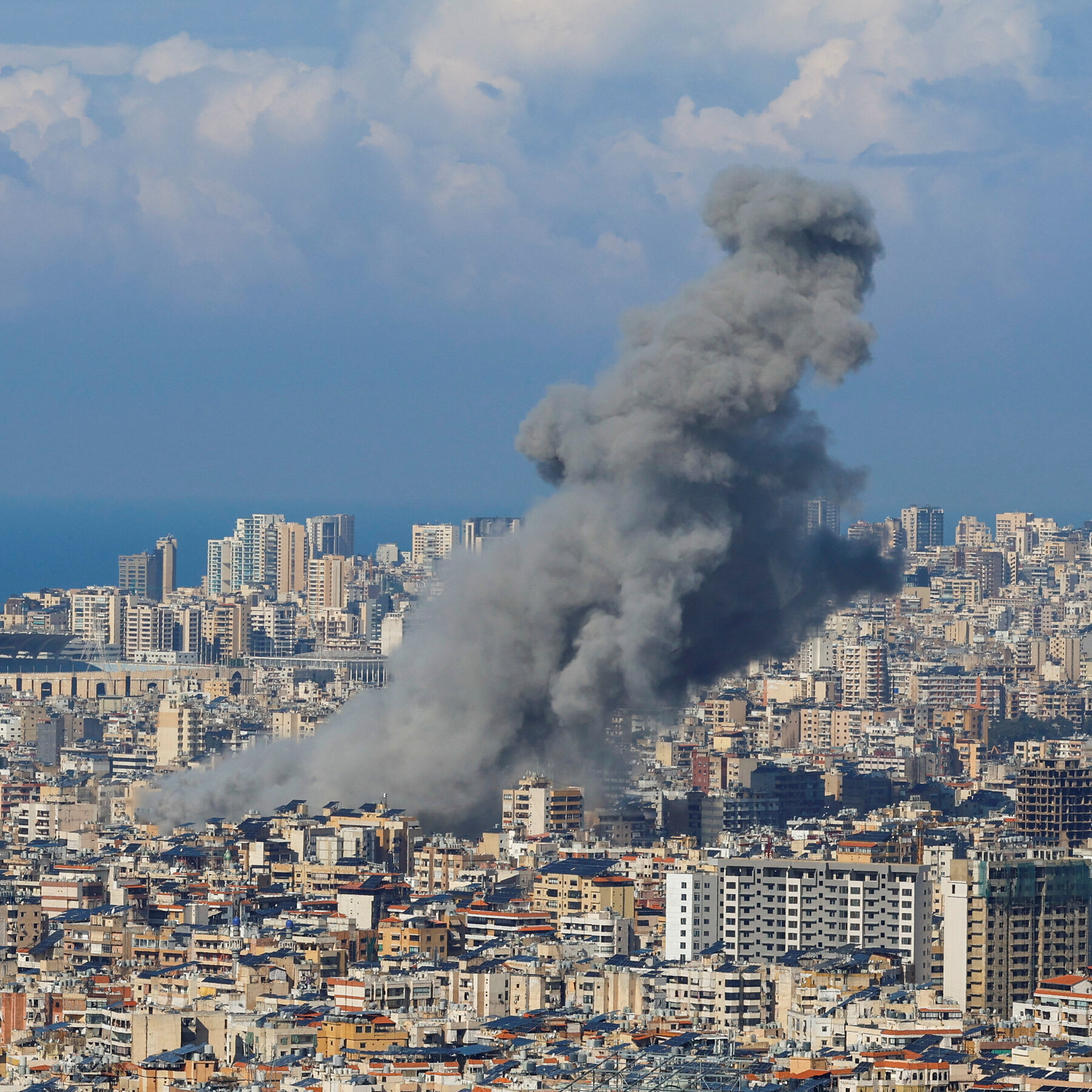
Navigating the Turbulent Tensions Between Israel and Hezbollah
The Middle East has long been a region fraught with complex geopolitical tensions, and the ongoing conflict between Israel and Hezbollah is a prime example of this. Despite the tireless efforts of diplomats to broker a temporary ceasefire, the rift between these two formidable forces has only continued to deepen in recent days, leaving the world on the edge of its seat.
To truly understand the gravity of this situation, we must delve into the intricate history that has shaped the relationship between Israel and Hezbollah. The roots of this conflict can be traced back to the 1980s, when Hezbollah, a Shia Muslim political party and militant group, was formed in response to the Israeli invasion of Lebanon. Over the years, Hezbollah has grown in strength and influence, emerging as a powerful force in Lebanese politics and a thorn in the side of Israel.
One of the primary points of contention between the two parties is the issue of territorial control. Hezbollah has long claimed that it is fighting to liberate occupied Lebanese territory, while Israel maintains that its military presence in the region is necessary for national security. This fundamental disagreement has led to numerous clashes, each one threatening to escalate into a full-blown war.
It’s important to note that the conflict between Israel and Hezbollah is not solely a military one; it is also a battle of ideologies and narratives. Hezbollah portrays itself as a resistance movement fighting against Israeli occupation and oppression, while Israel paints Hezbollah as a terrorist organization that poses a grave threat to its citizens. This ideological clash has only served to further inflame the tensions between the two sides.
Despite the seemingly intractable nature of this conflict, there have been efforts to find a diplomatic solution. In recent days, various international actors have stepped in, attempting to broker a temporary truce and ease the tensions. However, the task has proven to be a daunting one, as both Israel and Hezbollah have entrenched positions and are unwilling to compromise.
One of the key challenges in resolving this conflict is the complex web of regional alliances and rivalries that underpin it. Hezbollah is closely aligned with Iran, a staunch adversary of Israel, while Israel enjoys the support of the United States and other Western powers. This geopolitical dynamic adds an additional layer of complexity to the situation, making it even more difficult to find a lasting solution.
Despite the seemingly intractable nature of this conflict, there is still hope that a path to peace can be found. Ultimately, what is needed is a concerted effort by all parties involved to prioritize the well-being of the people caught in the crossfire and to find common ground through open and honest dialogue.
As we navigate this turbulent landscape, it is crucial that we approach the situation with empathy, nuance, and a deep understanding of the historical and cultural factors at play. Only by fostering a spirit of cooperation and mutual understanding can we hope to find a way forward and bring an end to the cycle of violence that has plagued the region for far too long.
In conclusion, the conflict between Israel and Hezbollah is a complex and multifaceted issue that defies easy solutions. However, by remaining steadfast in our commitment to peace and justice, and by working together to address the root causes of this conflict, we can strive to create a more stable and prosperous future for all those affected. The road ahead may be long and arduous, but with determination and a willingness to compromise, we can overcome the obstacles and forge a path toward lasting reconciliation.

